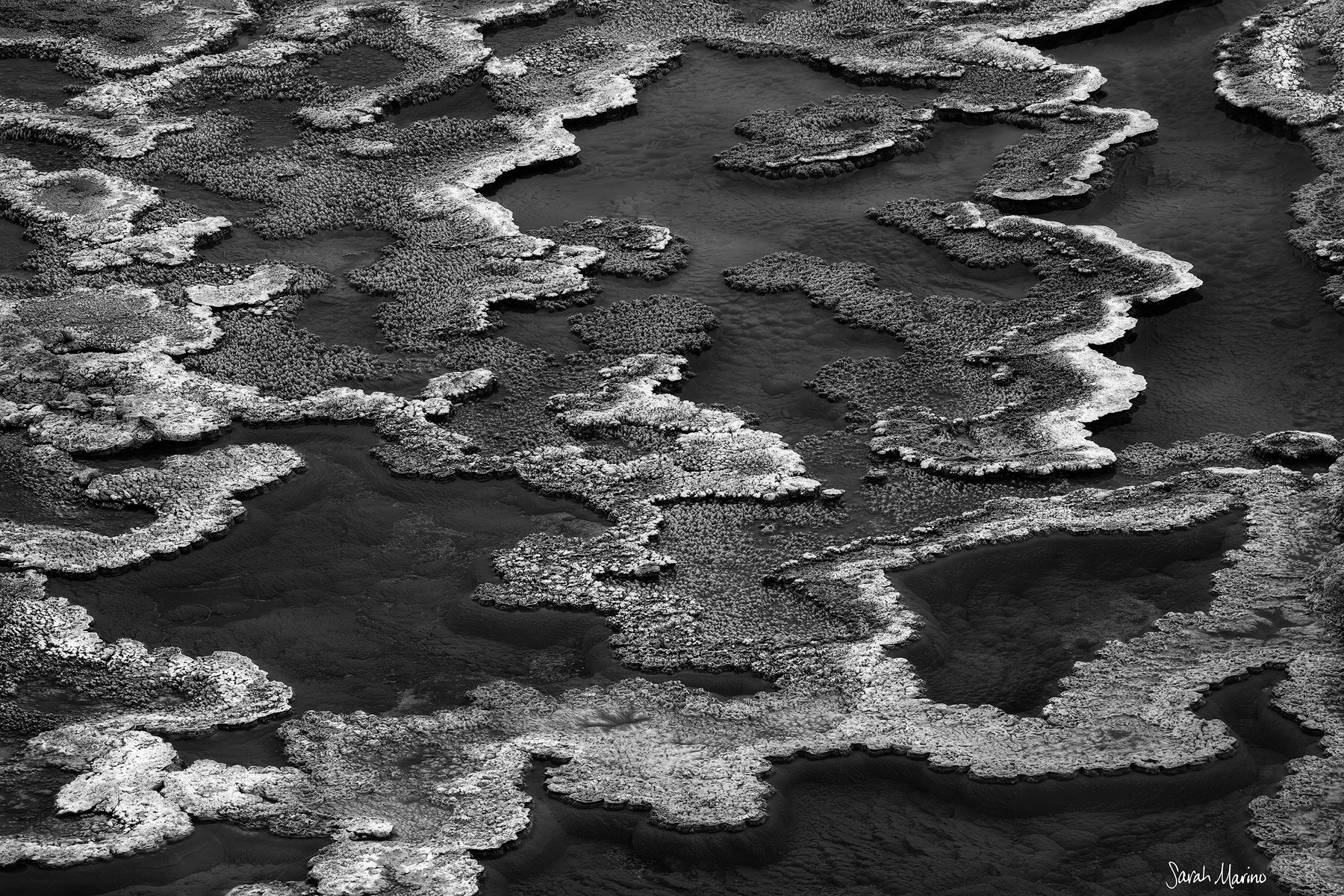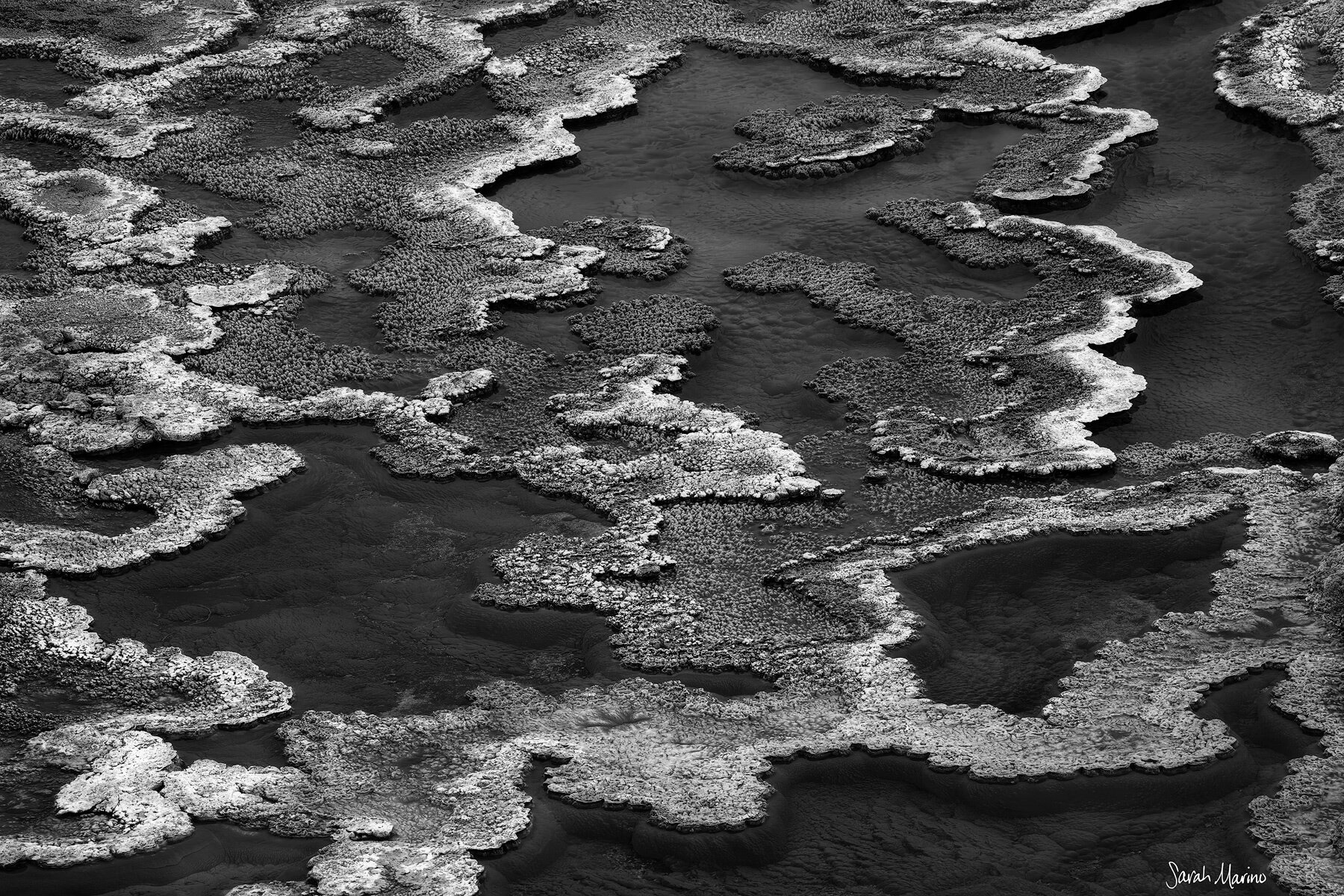After the narrative below, you will find twenty more of my favorite black and white nature photos that I took or processed during 2019 (if you have a few favorites, I would love to hear which ones you like most in the comments). I am still working on my favorite color photographs from last year and hope to share those in a few weeks, so stay tuned. Being outside is my favorite part of nature photography and is where I devote most of my efforts, so I have always struggled with promptly/ever processing the photos I have taken. Thus, the fact that I am almost through ALL of my 2019 photos feels like a photographic miracle. In addition to my favorites, I will be sharing all of these new photos over the next few weeks and months. In the meantime, here is a quick recap of my 2019.
A New Direction for 2020
Sometime in 2010 or 2011, I remember hearing a line from an Avett Brothers song, “Decide what to be and go be it” and it has eaten away at me ever since. Since around that same time, I have been splitting my focus between a career in the nonprofit/philanthropic sector and an avocation/obsession/almost career in nature photography. This split has worked well in a lot of ways and has been hard in others. After physically moving away from the base of my nonprofit consulting practice in Denver a few years ago, this division of effort, time, and mental energy has made less sense with each intervening month. Not wanting to say goodbye to one particularly meaningful, years-long project served as my constant excuse to keep both lines of work going.
And then came what would be my final consulting project… Years ago, I started my consulting business because I wanted to remain in mission-driven work but never wanted to report to a nonprofit board of directors again. I enjoyed almost a decade of being able to choose projects that allowed me to avoid having to do so while still working on a range of interesting things. This summer, I said yes to a big project because of the money and it became that proverbial last straw – yet another supremely dysfunctional board of directors, a reminder of how I did not want to spend my time, and the final realization that I am just mailing it in for one career and not devoting enough time to the other.
And with that, I finally decided what to be and I am going to be it. In 2020, being a nature photographer, teacher, writer, and guide will be my sole professional focus for the first time in ten years. I am taking this leap with some trepidation that is balanced with a lot of enthusiasm and hope. It is far easier to earn a living through nonprofit consulting than it is through photography. My personality is a better fit for the inherently collaborative nonprofit sector than it is for the comparatively competitive field of landscape photography. I think I have more natural talent for consulting, coaching, and leadership than I do with nature photography, and I certainly have more confidence when it comes to the former than the latter.
But! I love photography, being in wild places, and building my knowledge as a naturalist more than I have enjoyed any other pursuit that I have tried. Our photography business has been successful without it ever being my primary focus so it seems like the right time to try to overcome the challenges I described above and see if I can make it work. And, to keep a bit of the mission-driven nonprofit spirit alive in my nature photography work, I plan to find ways to contribute to the social good through more active involvement in efforts like Nature First and other conservation activities.
2019 In Brief
Aside from this biggest of decisions, 2019 was a roller coaster of a year – full of sadness and anxiety about a family member’s serious health problems; full of joy at being able to be outside most days of the year; gratefulness for being able to live in a place I love and find endlessly inspiring; happiness with being able to spend a lot of time with Ron and friends in wild places; appreciation for the technology and modern work arrangements that allow us to travel and work remotely from our Airstream trailer for a good portion of the year; and challenging because of an injury that kept me from hiking as much as I would have liked and required a few months of physical therapy (thus, ending the year hiking 11,043’ Telescope Peak in Death Valley with no pain felt like a big accomplishment).
Priorities for 2020
For 2020, I hope to fully get through my backlog of unprocessed photos, share those photos more consistently, and be more disciplined and prolific with writing. During our last trip to Death Valley, I repeatedly remarked how my photographic calling card is “find pattern, compose photo, focus stack, repeat.” While I find great joy in finding and photographing these mundane subjects and then presenting them in a way that I find beautiful, I feel like that focus has come at the cost of other approaches to photography. So, I also want to try some new things, especially with composition, in this upcoming year to bring some diversity back to my work.
Thank you and Best Wishes for 2020
Thank you for your ongoing interest in and support of our photographic endeavors. I wish you all a healthy, happy 2020 - hopefully with some time spent outside enjoying wild places.
Note about the photos: You can also see these photos collected into a gallery for easier viewing.































